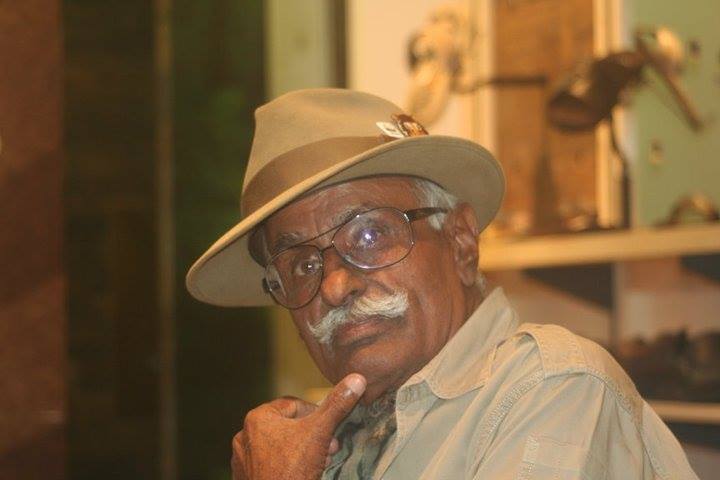 The Fateh Singh Rathore was an Indian tiger conservationist. The Tiger Man Fateh Singh Rathore joined the Indian Forest Service in 1960 and was part of the earlier Project Tiger team. He was widely acknowledged as the tiger master for his great knowledge of the big cat. He worked in wildlife conservation for over 50 years. Rathore was known for his pioneering relocation of villages from within the Ranthambore National Park in 1973–75. Many thanks to Mr. Rathore just because of him Ranthambore has become an area that has brought the tiger into the consciousness of people around the world.
The Fateh Singh Rathore was an Indian tiger conservationist. The Tiger Man Fateh Singh Rathore joined the Indian Forest Service in 1960 and was part of the earlier Project Tiger team. He was widely acknowledged as the tiger master for his great knowledge of the big cat. He worked in wildlife conservation for over 50 years. Rathore was known for his pioneering relocation of villages from within the Ranthambore National Park in 1973–75. Many thanks to Mr. Rathore just because of him Ranthambore has become an area that has brought the tiger into the consciousness of people around the world. Fateh Singh Rathore was born in Chordia village of Jodhpur district of Rajasthan. His grandfather Laxman Singh Rathore was a Major in the Army, Sagat Singh, Rathore's father was the eldest son of Laxman Singh. He was a police officer and managed the family's land and property in his village near Jodhpur.
Conservation Work Fateh Singh Rathore: A Human Tiger joined the Rajasthan Forest Service on the advice of his uncle. During the visit of Queen Elizabeth II and the Duke of Edinburgh in January 1961, his first job was to organize tiger hunts in the area that later became Ranthambore National Park. He loved the Forest Service, and was very interested in conservation. He was posted as a game warden in Sariska when there were still tigers. He worked in the Mount Abu Game Reserve between 1963 and 1970. Rathore was posted as a game warden in Ranthambore in 1971. The area of the Ranthambore National Park, though degraded, still existed as a forest as it was a game reserve of the royal family of Jaipur. He was sent to the Wildlife Institute of India for training in the first batch of forest officers to be trained in 1969. While there he showed a greater aptitude for fieldwork and was not much interested in theory. He did well there and his mentor SR Choudhary recognized his potential.
Project Tiger Project Tiger was started in 1973 at the behest of Indira Gandhi, who was very concerned about the fact that the number of wild tigers was decreasing due to poaching. Hunting was banned since then, and 9 reserves were selected under Project Tiger. Ranthambore was one of them. Rathore was sent there as assistant field director, but was given a free hand by his superior. Tiger Warrior: Fateh Singh Rathore carved roads through the area, patrolled it regularly, and realized that the villages needed to be taken out if the Tigers had any chance to flourish.

